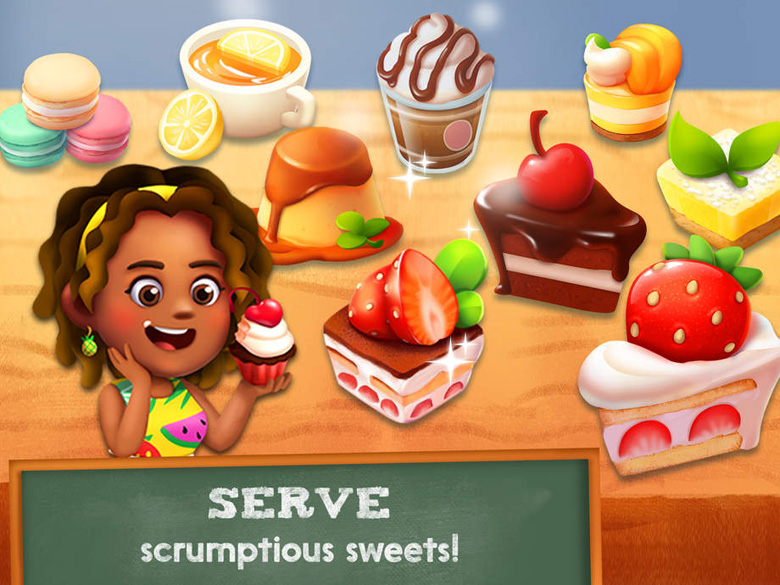
(Because the characters come from Wonderland, their habits are sometimes inspired by the real world but are not, technically, of it.) Dad Hatter, patterned after the host of the Mad Hatter’s Tea Party, and his dapper son, Alice’s friend Hattie, reflect Japanese traditions - a nod, Beyl said, to the importance of tea in that country’s culture. Rosa and the Queen of Hearts, for instance, look and sound Hispanic, practicing customs inspired by Cuba’s. In creating Fergie and the other Wonderland characters, the concern was “to really be reflective of today’s young audiences,” D’Ambrosia said, which also meant giving them origins that Carroll might never have dreamed of. “And so we wanted to really home in on that part of our Alice - that, you know, she’s always trying to figure things out.” “In the movie, you know she’s thinking,” said Frank Montagna, the co-executive producer and art director for the show, which uses computer-generated animation to create a heightened version of the film’s world. (In Wonderland, all things are possible.) (This is a multicultural Wonderland.) Alice herself is not the film’s preadolescent English schoolgirl but a very American-seeming 7- or 8-year-old, running her own bakery inside a giant teacup. Others have transformed or become diverse versions of the figures that inspired them.

The series’s Cheshire Cat, with his indelible grin and magenta stripes, and Alice’s feline companion, Dinah, could have leapt right out of one of the old movie’s frames. Some of those characters have hardly changed since the 1951 film’s premiere.

“This is, you know, how she connects with all these curious and peculiar characters.” The show’s Alice may concoct something delectable so she can make a new friend, comfort an old one or show how a situation, just like a recipe, can be approached in more than one way.Īlice, who relies on the magical talking cookbook of her great-grandmother, the original movie’s heroine, “uses food as essentially her superpower,” said Chelsea Beyl, the series’s executive producer and showrunner.
#COOKBOOK BAKERY STORY 2 SERIES#
Instead, the dishes the series features - some entirely fanciful, like dwindling dewdrop cake, and others based on the real world, like gingerbread - become vehicles for creativity and problem-solving.

Although D’Ambrosia said he hoped it would inspire families to bake together, you won’t find ingredients like dancing dodo eggs and shrinking powder in your pantry. This half-hour animated series is not, however, a traditional cooking show with recipes to follow. “And we also had really been trying to find a cooking show for preschoolers.” “We had been looking at doing something with ‘Alice’ for a while,” Joe D’Ambrosia, the senior vice president for original programming and general manager at Disney Junior, said in a telephone interview. Disney has taken on this challenge in “ Alice’s Wonderland Bakery,” a novel blend of sweetness and spice that uses globally inspired food to help little viewers master resilience and adaptability.ĭebuting on Wednesday on the Disney Channel, Disney Junior and the streaming service Disney+, the show takes its brightly colored universe and rapid-fire surprises from “ Alice in Wonderland,” the company’s fantastical - and fantastically food-filled - 1951 animated feature film of the classic Lewis Carroll story. That simple truth, which has persuaded even quarreling heads of state to sit down together, has now inspired a new television series that aims to teach another frequently fractious group - children ages 2 to 7 - cooperation, compassion and cultural literacy.


 0 kommentar(er)
0 kommentar(er)
